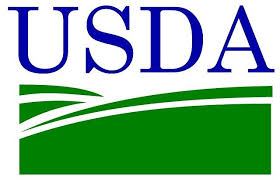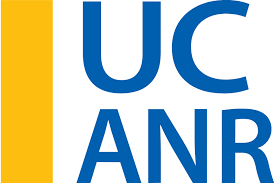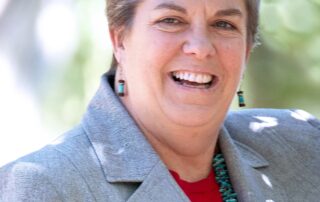Historic On-Farm Conservation Funding Assistance Available for Producers
Courtesy of the United States Department of Agriculture, Natural Resources Conservation Service
The USDA Natural Resources Conservation Service (NRCS) in California announces FiscalYear 2024 (October 1, 2023 through September 30, 2024) federal assistance opportunities for agricultural producers, including through the Environmental Quality Incentives Program (EQIP), and the Conservation Stewardship Program (CSP). While NRCS accepts applications for these programs year-round, interested applicants should apply no later than November 3, 2023, for the first application cutoff period.
“We are excited to support California’s producers with an historic investment in on-farm conservation this Fiscal Year,” said NRCS California State Conservationist Carlos Suarez. “With the addition of the Inflation Reduction Act, we will be investing approximately 50 percent more federal funding to help producers address their unique resources concerns and help them achieve their stewardship goals.”
Through EQIP, CSP, and the Inflation Reduction Act, more than $100 million is available for conservation practices and initiatives, including:
• through the National Air Quality Initiative (NAQI) to assist farmers in replacing outdated engines with new and cleaner-burning technology.
• activities that support wildlife habitat creation and enhancement on farms and ranches.
• NRCS and Bureau of Reclamation WaterSmart partner projects to help improve water infrastructure, delivery, and application on farms.
• National Water Quality Initiative for targeted conservation actions to improve water quality in the Calleguas Creek and Salt River watersheds.
Application cutoff periods allow NRCS to screen-and-rank applications for those with the highest conservation benefits across California’s landscapes, including cropland, ranchlands, and private non-industrial forestlands. A second cutoff period may be scheduled in Spring 2024 as federal conservation funding is available.
EQIP provides financial assistance to agricultural producers to address natural resource concerns and deliver environmental benefits. These include improved water and air quality, improved irrigation efficiency, reduced soil erosion and sedimentation, forest restoration, and creating or enhancing wildlife habitat.
CSP provides producers to earn payments for actively managing, maintaining, and expanding conservation activities integrated within their agricultural operations. CSP enhancements like cover crops, ecologically-based pest management, and buffer strips help producers improve soil health while protecting water quality. Other CSP activities help sustain and increase pollinator and beneficial insect habitat in harmony with agriculture production on their land.
Applying for Assistance
NRCS California will be utilizing ACT NOW to process conservation applications for NAQI and Conservation Plan Activities ranking pools to deliver conservation faster. ACT NOW allows NRCS to immediately approve and obligate a ranked application. This means no longer having to wait for all applications to be reviewed and preapproved. Applications selected through ACT NOW will be batched and processed in the order received. Selections will be made on a weekly
basis.
NRCS accepts conservation program applications year-round. State Technical Committees, composed of producers and partners, work with NRCS to set state-specific, ranking dates to evaluate applications for funding. These dates account for producer needs, staff workload, and to ensure potential participants have ample opportunity to apply. To find out more about our application process or to begin an application, please contact your local NRCS Service Center by
visiting here.
Technical Assistance
NRCS offers conservation technical assistance at no cost to give producers personalized advice and information, based on the latest science and research, to help them make informed decisions. If a producer chooses to take the next step towards improving their operations, NRCS staff can work with them to develop a free, personalized conservation plan, with conservation practices that can help them reach their agricultural production and conservation goals.
The voluntary conservation plan defines and explains existing resources in a simple, easy to understand manner. Typically, the plan will include land use maps, soils information, inventory of resources, engineering notes, and other supporting information. One benefit to landowners who work with an NRCS professional conservationist to develop a plan is an increased potential for participating in financial assistance programs and is a good first step in the overall process.
Historically Underserved Producer Benefits
Special provisions are also available for historically underserved producers. For EQIP, historically underserved producers are eligible for advance payments to help offset costs related to purchasing materials or contracting services up front. In addition, historically underserved producers can receive higher EQIP payment rates (up to 90% of average cost). NRCS sets aside EQIP and CSP funds for historically underserved producers.
NRCS has provided leadership in a partnership effort to help America’s private landowners and managers conserve their soil, water, and other natural resources since 1935.
















